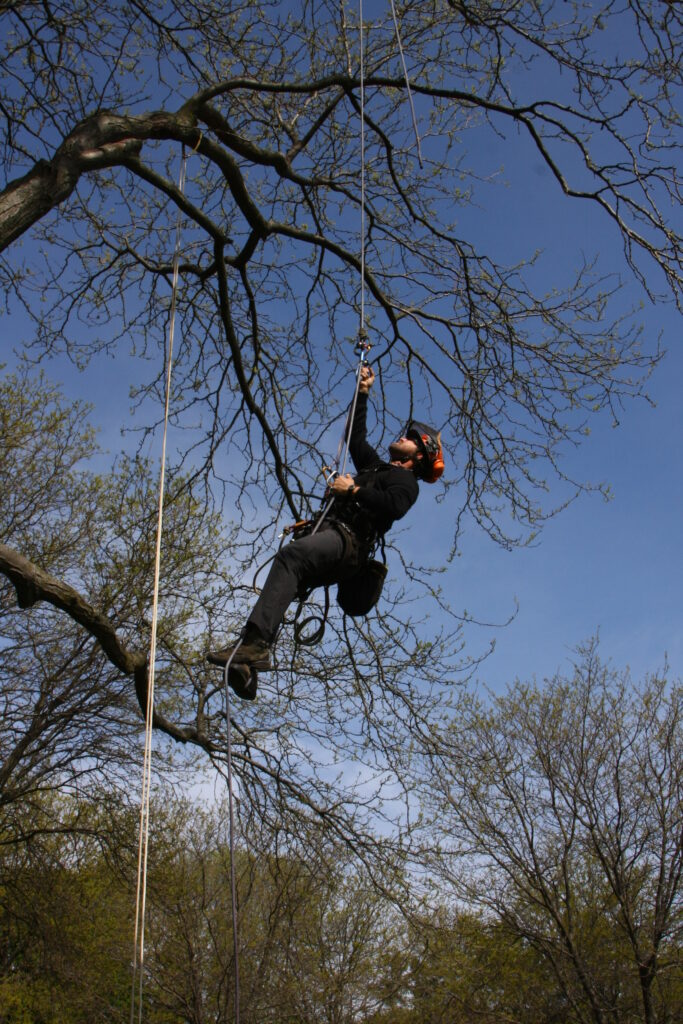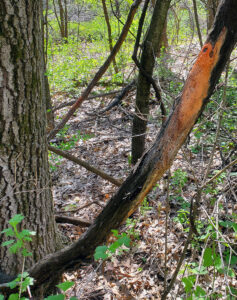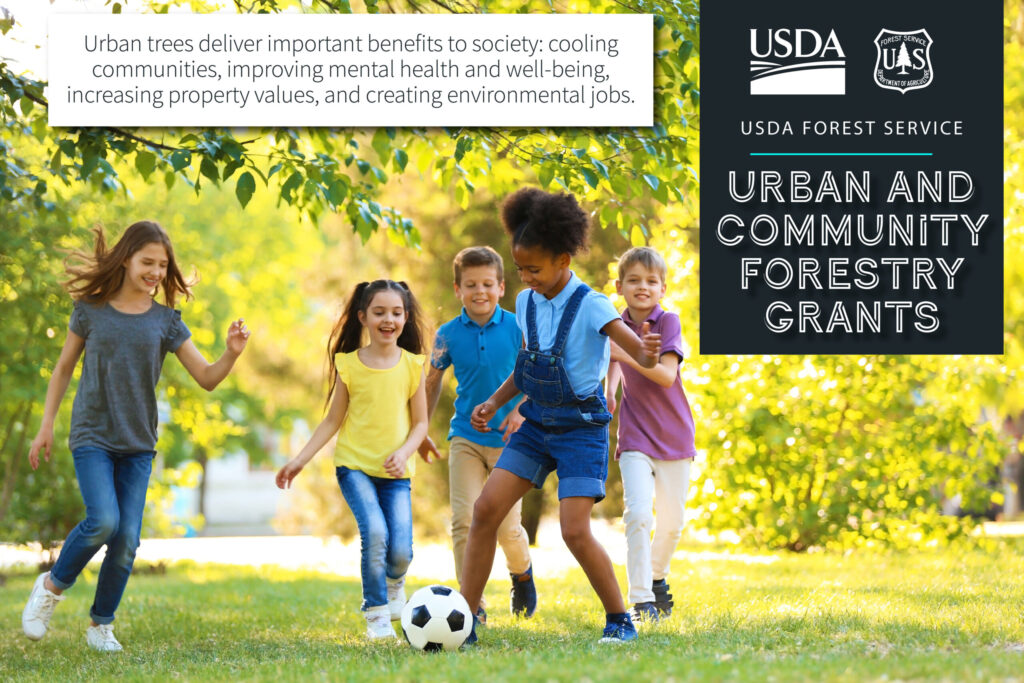 Join the Wisconsin Arborist Association (WAA) for its summer conference. It will be held at the University of Wisconsin-River Falls University Center in River Falls, Wisconsin, on Friday, July 26, 2024. The program will have a little something for everyone, Planting for the Future and feature two educational tracks, one indoors and one outdoors.
Join the Wisconsin Arborist Association (WAA) for its summer conference. It will be held at the University of Wisconsin-River Falls University Center in River Falls, Wisconsin, on Friday, July 26, 2024. The program will have a little something for everyone, Planting for the Future and feature two educational tracks, one indoors and one outdoors.
Topics include:
- Storm damage to trees
- Construction project management
- Tree stress and management
- Tree diversity options
- Mentoring the new generation
- Training new climbers
- Company training
- Aerial lift to climbing transitions
- Drone applications
Continue reading “WAA Summer Conference And Tree Climbing Competition July 26-28”





 The Urban Forestry Inflation Reduction Act grant program uses
The Urban Forestry Inflation Reduction Act grant program uses